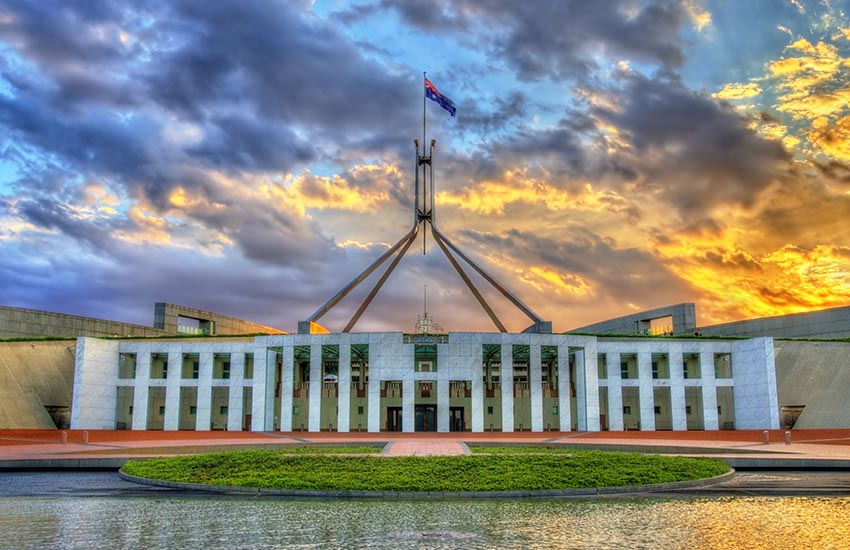The Labor-led Senate select committee on COVID-19 has now published 25 initial findings in its first interim report since it began scrutinising the government’s overall response to the pandemic from 8 April.
Addressing the JobKeeper program, the committee asserted the initial design of the scheme meant that approximately 1 million casual workers were excluded because they could not demonstrate 12 months of continuous employment with the same employer.
You’re out of free articles for this month
The issue was compounded by the fact that the hardest hit industries, such as the accommodation and food sector, saw up to 64 per cent of employees in a casual arrangement.
The interim report also found that up to 750,000 temporary visa holders were excluded from the wage subsidy due to eligibility requirements, while close to 200,000 local government workers were denied access as well.
The committee believed there was no justification for the exclusions and went against the goal of keeping as many workers employed as possible.
“At no point did the committee receive any clear rationale for why so many categories of workers were excluded from JobKeeper, beyond the Treasurer’s argument that ‘we had to draw the line somewhere’,” said the interim report.
“The government also repeatedly used the claim that exclusions were a product of the limited time it had to develop the JobKeeper program, and that a review in June would revisit these decisions.
“However, this turned out to be nothing more than a false hope for excluded workers. The review conducted by the Department of the Treasury in June did not consider changes to the eligibility test for workers excluded from the scheme.”
The interim report also took aim at the government’s $60 billion overestimation of the JobKeeper program, with forecasts eventually revised down from $130 billion covering 6 million people to $70 billion covering 3.5 million people.
It believed the government should have used the $60 billion as an opportunity to include some of the workers and businesses that had been unfairly excluded from JobKeeper to save more jobs.
“Instead, the government maintained its hard-line position on JobKeeper exclusions with the then minister for finance, Senator the Hon Mathias Cormann, claiming the $130 billion forecast ‘wasn’t a spending target’,” said the interim report.
A dissenting report by Coalition senators, however, has rejected the interim findings, pointing to the Reserve Bank of Australia’s estimation that wage subsidy scheme helped reduce total job losses by 700,000 between April and July.
“Coalition senators reject the assertion that JobKeeper unnecessarily excluded Australian workers,” said the dissenting report.
“The JobKeeper payment was designed to apply consistently across a range of business sizes, structures and industries, and to target support to those entities who had been significantly impacted by the COVID-19 pandemic.
“It was also designed to deliver support quickly and at scale, which is why eligibility criteria needed to be as simple as possible and draw on existing tax and revenue concepts and definitions.”
The final report from the Senate select committee is due by 30 June 2022. To date, it has conducted 37 hearings and received 511 submissions.
Jotham Lian
AUTHOR
Jotham Lian is the editor of Accountants Daily, the leading source of breaking news, analysis and insight for Australian accounting professionals.
Before joining the team in 2017, Jotham wrote for a range of national mastheads including the Sydney Morning Herald, and Channel NewsAsia.
You can email Jotham at: This email address is being protected from spambots. You need JavaScript enabled to view it.

 Login
Login







